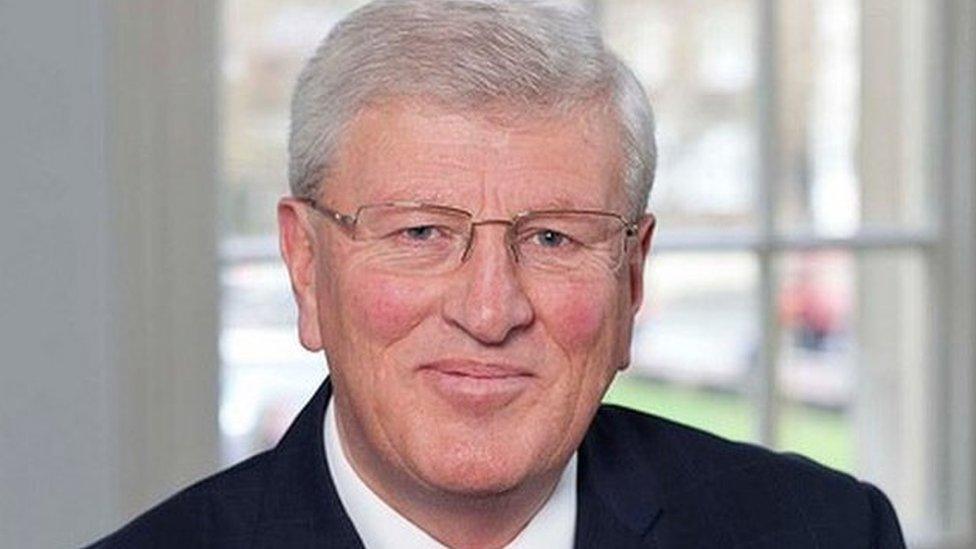Council cuts: Who gets the help to cushion the blow?
- Published
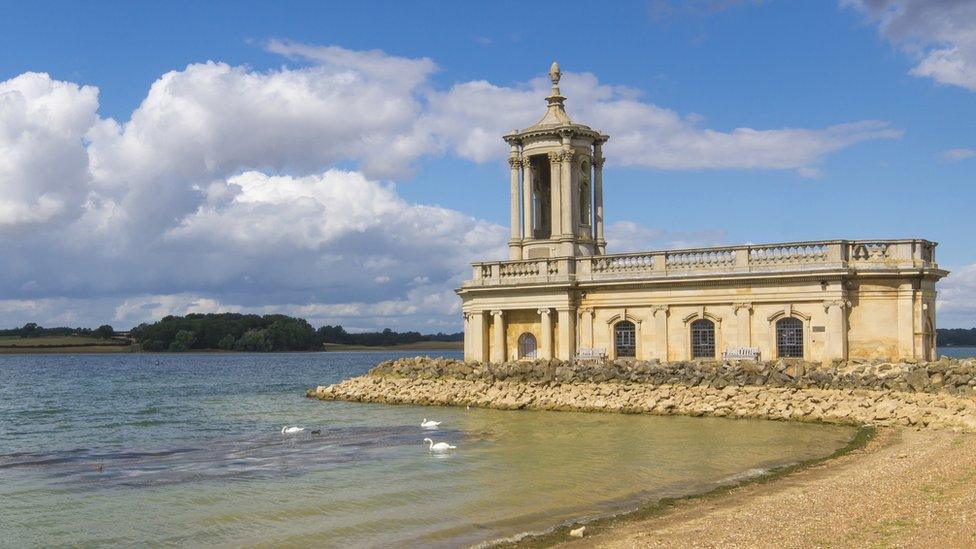
Rutland received the largest share per head of extra transition and rural services funding
Councils are sharing an extra £300m of government cash to help them cope with impending cuts. BBC News looks at why some are getting far more per person than others.
The smallest county of England - Rutland in the East Midlands - is to receive government grants totalling £1.8m over the next two years. It equates to £50 per person. Surrey, in the South East, will receive £24m - about £20 per person.
Dozens of other local authorities, including deprived inner city areas, will receive nothing from George Osborne's plan to cushion the impact of Treasury cuts. One Labour council has gone so far as to say the authority feels "robbed".
It has certainly sparked a political row.
Labour accused the government of dishing out the grants for political reasons, which the government denies.
Councillors in areas that lost out believe they have been treated unfairly for years.
City of Wolverhampton Council's Labour finance spokesman Councillor Andrew Johnson said: "Wolverhampton feels robbed not to have received a share of the transition grant.
"We often compare ourselves to Wokingham which is much wealthier and has been much better treated throughout the austerity cuts.
"We are the 17th most deprived local authority in the country and Wokingham is 133rd. How can it be fair that people in Wokingham are given the equivalent of nearly £27 each of this money but people in Wolverhampton not a penny?"

Why such variation?
BBC News has compared the figures, external and the reasons for this are more complex than first appears.
Councils are still facing cuts in central government funding of 6.7% between 2016 and 2020, which comes on top of an overall 30% reduction between 2010 and 2015.
Leisure services, parks, libraries and thousands of jobs have been scaled back or lost.
The transition grant - as it is known - is intended to help councils prepare for the loss of their revenue support grant, which is being phased out, with councils instead able to keep all of the business rates they collect by 2020.
Previously, each council would have expected to have seen the same percentage cut to their own grants, with those in receipt of the most government funding seeing the biggest drop, according to the Local Government Association.
The new method takes into account the differing extent to which councils rely on grants.
That meant councils that raise more of their own revenue through council tax or business rates would see a bigger cut in grant funding than they would have before, and possibly much more than the average 28%.
To address concerns raised by the LGA, the government agreed to provide a £150m transition grant for each of the next two years and increase the rural services delivery grant.

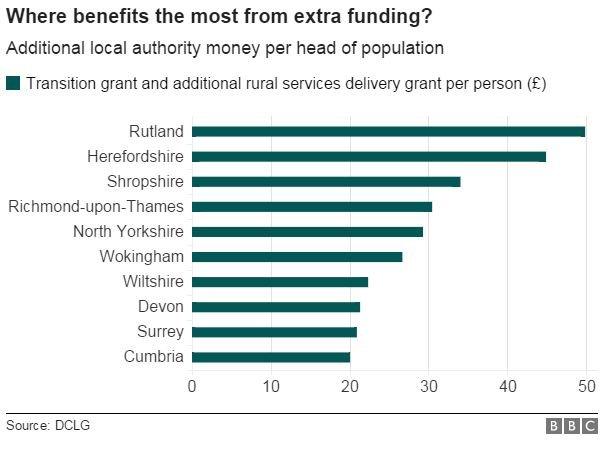
Councils receiving the largest proportion say it will make little difference to their long-term financial outlook.
A spokesman for Rutland County Council said: "The late changes to central funding mean we no longer have to draw upon reserves to balance our 2016-17 budget. However, the medium term financial picture remains unchanged."
Of the transition grant alone, it is Richmond-Upon-Thames that gets the most, £30.47 for each person who lives there, against an average for England of £5.57.
In purely pounds and pence terms, Surrey is getting the biggest share of the transitional relief grant, £24m over two years. The county council's leader, David Hodge, said this was "welcome" but was "not as much as we had hoped for and will still place a strain on services".
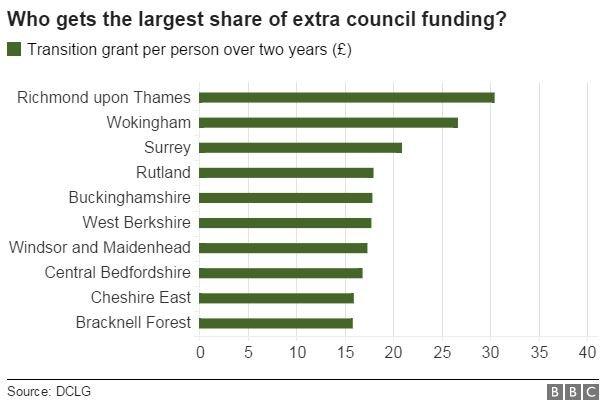
Leader of the borough council, Conservative peer Lord True, said the authority was not being spared cuts, but had been given room to slow the pace.
He said: "These figures must be seen in context. We were going to lose just over 48% of our grant overnight. We are still going to end up in the same place with the same loss of money, just on a different trajectory.
"It is not a question of what we are going to spend the money on. We still have the same decisions to take, we are still looking at eight-figure cuts, but we can move from A to B in a less brutal way for the public."
A Department for Communities and Local Government (DCLG) spokesman said:"This long-term funding settlement for councils is fair, and ensures those facing the highest demand for services continue to receive more funding."
The LGA said the transitional funding meant shire and county authorities still faced severe financial challenges and was only a "temporary measure".
"All councils are having to find savings from local services to plug funding gaps next year with many having to ask residents to pay more council tax while possibly offering fewer services as a result," a spokesman said.
See how much funding your area received with this interactive map, external.
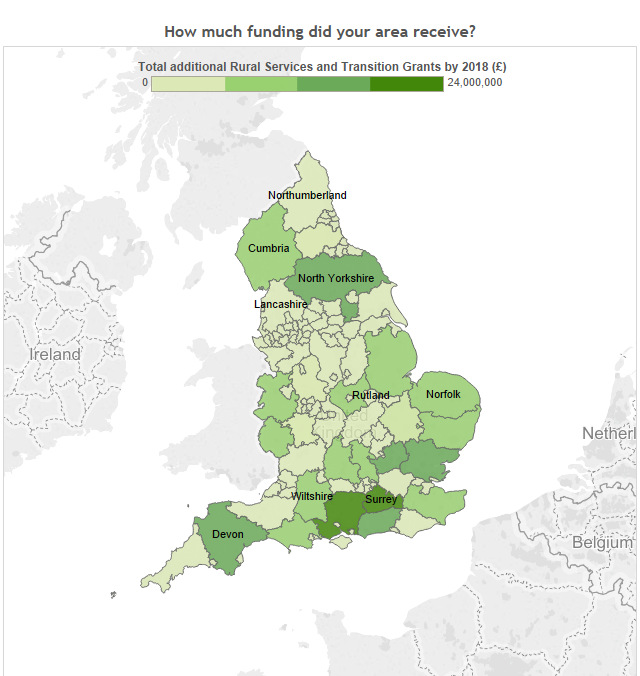
- Published8 February 2016
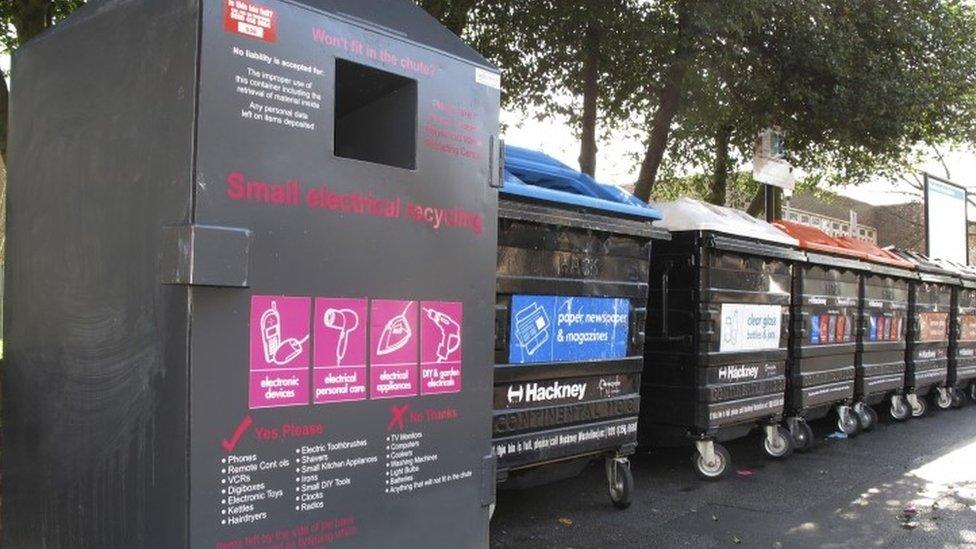
- Published10 February 2016
